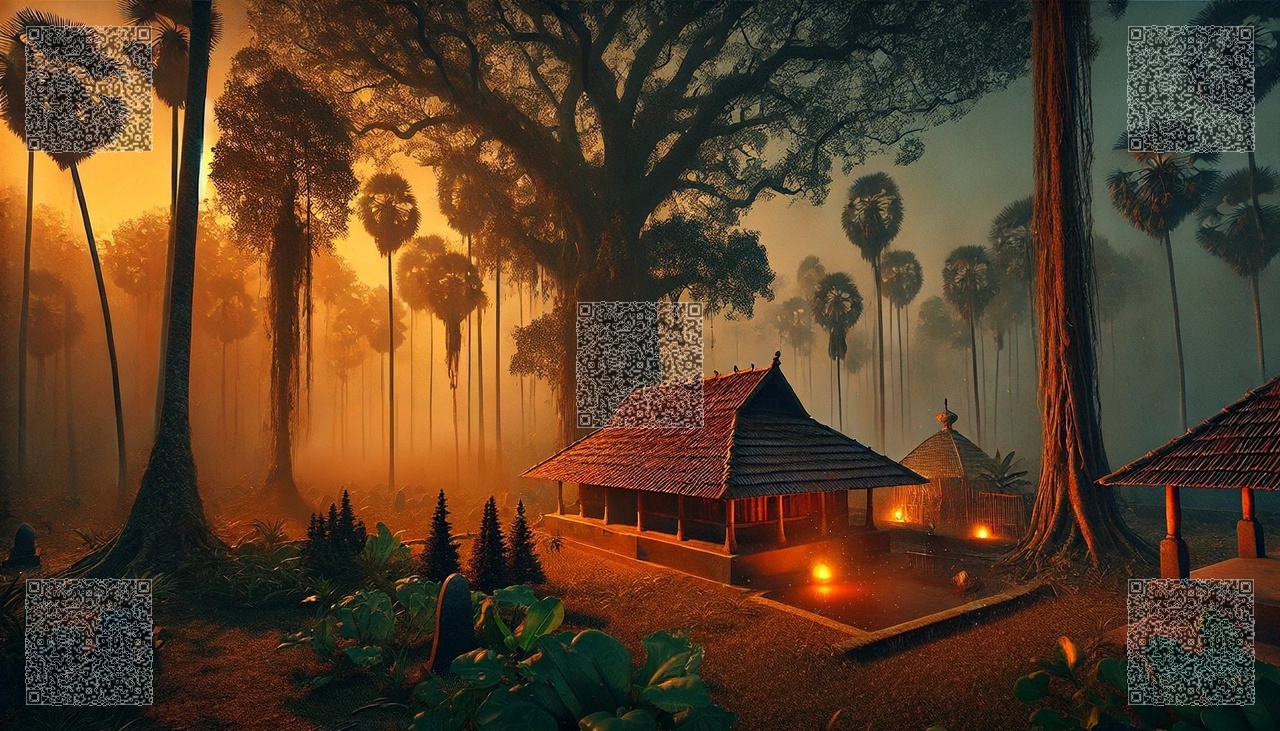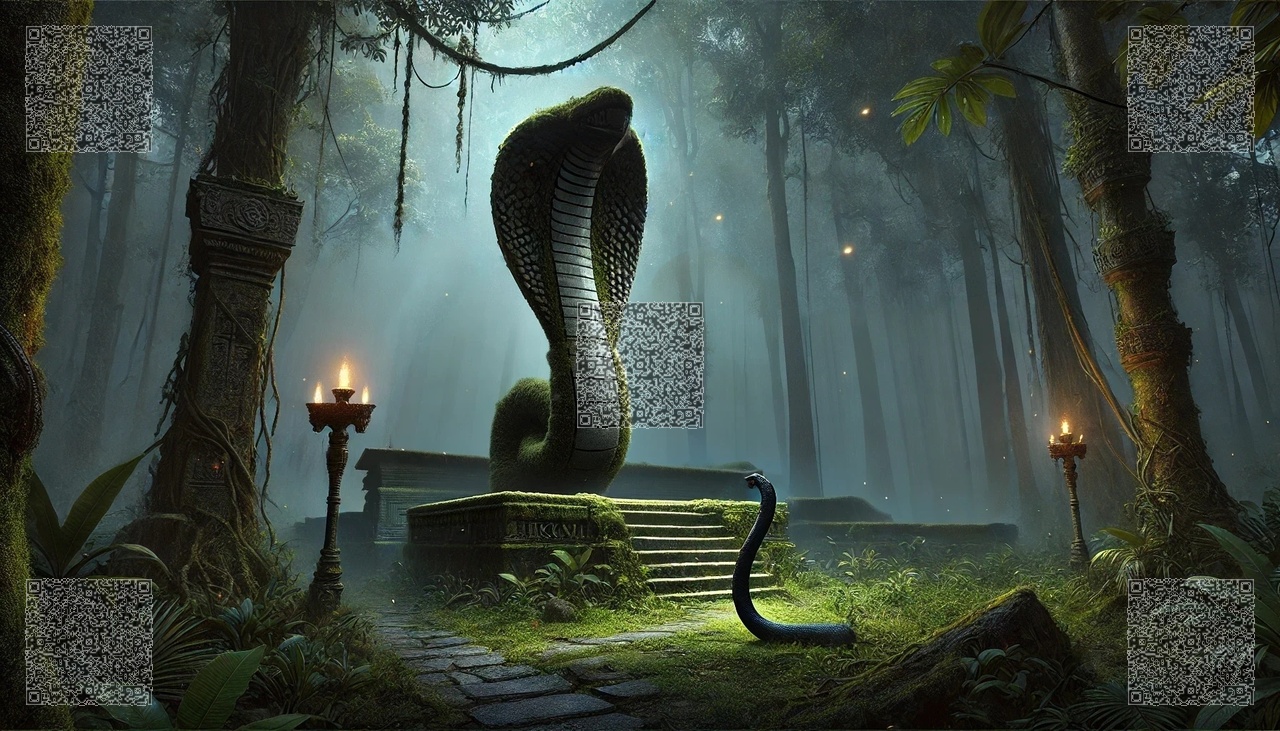Thekkini℠: A Digital Archive of Sacred Spaces and Ancestral Lore
Welcome to Thekkini℠
Thekkini℠ is a dedicated online resource hosted on Alummoottil.com, offering a comprehensive digital archive on the historical, architectural, and cultural significance of Thekkini℠, the sacred southern block of traditional ancestral homes.
This webpage serves as a research and educational platform that preserves and disseminates knowledge about Thekkini℠’s role in heritage, rituals, and folklore. The site provides documented historical insights, multimedia content, and expert research to foster a deeper understanding of its significance in Kerala’s cultural landscape.
Our Mission
Thekkini℠ exists as a structured digital service aimed at:
- Documenting and archiving the architectural and spiritual importance of Thekkini℠
- Providing historical records about its role in traditional Kerala homes
- Offering scholarly insights on folklore, funeral rites, and spiritual beliefs
- Encouraging public engagement with history through interactive digital features
Through this digital archive, visitors can explore historical narratives, multimedia resources, and research findings related to Thekkini℠ and its place in ancestral traditions and South Indian cultural heritage.
The History and Legacy of Thekkini℠
What is Thekkini℠?
There are places where history lingers, where the air is thick with the echoes of the past, and where every stone, every tree, and every shadow whispers secrets understood by only a chosen few. Thekkini℠, within the Alummoottil Tharavad, is one such place—an ancestral and spiritual site that serves as a portal between the past and the present.
Originally, the term Thekkini℠ referred to the southern section of the Alummoottil Nalukettu, the traditional ancestral home. Over time, its meaning expanded beyond architecture—it became synonymous with a sacred space where family rituals, ancestral veneration, and final rites took place.
The south (Thekk) holds an undeniable spiritual weight within Kerala’s traditional homes, and in Alummoottil Tharavad, it is here that the final rites of its members were performed. This ground, enriched by centuries of tradition, continues to resonate with ancestral energy and historical significance.
A Digital Resource for Understanding Thekkini℠
This webpage is part of an ongoing digital effort to document and share the history, significance, and evolving understanding of Thekkini℠. As a publicly accessible digital service, this platform offers:
- Historical records and descriptions of Thekkini℠’s cultural relevance
- Photographic and video archives documenting Thekkini℠’s architectural features
- Analysis of ancestral shrines (Kochambalams) and their spiritual role
- Insights into folklore, myths, and supernatural beliefs associated with Thekkini℠
- Expert contributions from historians, researchers, and cultural scholars
Thekkini℠ and Kochambalams: Shrines of Ancestral Spirits
Nestled within the sacred grounds of Thekkini℠ are the Kochambalams—small yet powerful shrines that serve as vessels for ancestral spirits. It is believed that within these structures, the essence of the departed lingers, existing in a space between the physical and spiritual worlds.
These shrines stand as guardians of lineage and memory, ensuring an unbroken connection between the living and those who came before. Through this digital resource, visitors can access:
- Historical interpretations of Kochambalams and their ritual significance
- Multimedia documentation of existing structures and their evolution over time
- Interviews and research insights from scholars specializing in ancestral worship

Thekkini℠ and Sacred Trees: Guardians of the Otherworld
Thekkini℠ is not just a space of ancestral reverence but also one of mystery and supernatural lore. This digital archive explores the sacred trees associated with Thekkini℠, including:
- Othalam (Cerbera odollam) – The “suicide tree,” deeply tied to myths of mortality
- Pala (Alstonia scholaris) – A tree whose fragrance is believed to attract spirits
- Karpoora Mavu (Mangifera indica) – A tree used in funeral pyres and last rites
- Karimpana (Borassus flabellifer) – A tree entwined with folklore and spirit myths
These trees do not merely exist as flora—they hold deep spiritual and ritualistic importance. Many legends speak of Yakshis, Gandharvas, and ancestral spirits dwelling within them, influencing the energies of Thekkini℠.

Through this digital research platform, visitors can explore:
📖 Folklore and mythological references to these trees in Kerala’s oral traditions
🎥 Video features and interviews explaining their historical significance
📝 Academic perspectives on the connection between trees and spiritual beliefs
Thekkini℠ and Sarpa Kaavu: The Sacred Snake Groves
One of the most mystical aspects of Thekkini℠ is its connection to Sarpa Kaavu, or sacred snake groves. These untouched natural sanctuaries were dedicated to serpent deities and played a significant role in ancestral veneration and ecological preservation.
Through this digital resource, users can:
- Learn about the mythology of serpent worship in Thekkini℠
- Explore photographs and records of surviving Sarpa Kaavu
- Understand the ritual significance of serpents in ancestral worship

Contribute to Thekkini℠’s Digital Archive
Are you a historian, researcher, or someone with ancestral ties to Thekkini℠? We invite you to share historical documents, research insights, or personal stories to enrich this digital repository.
This platform is designed to grow as a collaborative effort, ensuring that the history, folklore, and traditions of Thekkini℠ remain preserved for future generations.
Contact & Further Information
For inquiries, contributions, or research collaboration, please contact us at:
📧 Email: [channar@alummoottil.com]
🌐 Page URL: https://www.alummoottil.com/memories/Thekkini℠.html
This webpage is a dedicated digital service under Alummoottil.com, offering comprehensive insights into the historical, architectural, and cultural significance of Thekkini℠.



